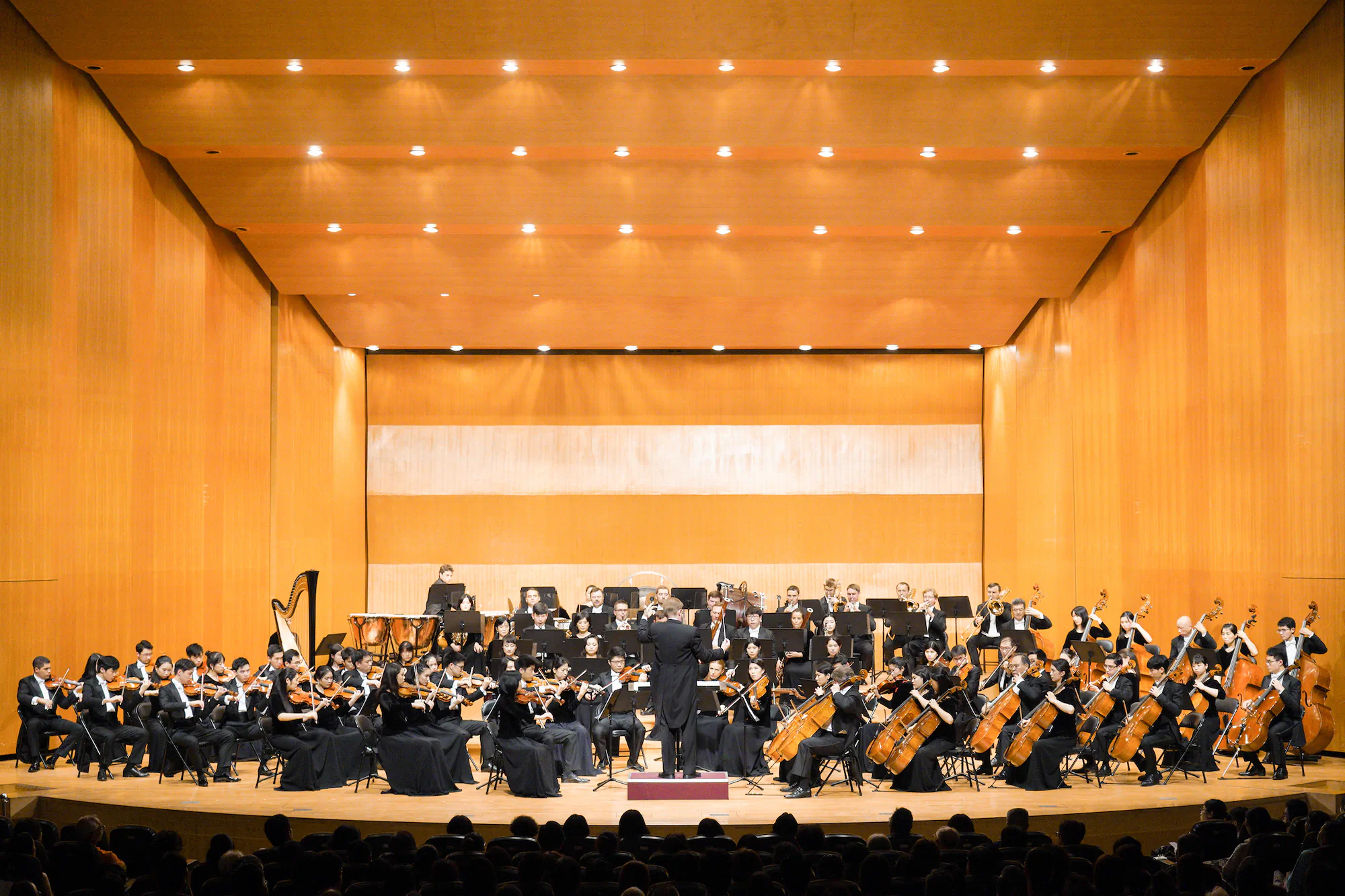On Dec. 15, 1893, the audience at Carnegie Hall was so full it spilled out into sidewalks, where people huddled in the rain so they could hear the premiere of Antonin Dvořák’s 9th Symphony.
Afterward, the New York Evening Post wrote, “Anyone who heard it could not deny that it is the greatest symphonic work ever composed in this country.”
American music had entered the classical canon.
On Oct. 22, Shen Yun Symphony Orchestra will perform the fourth movement of the famous symphony in its program of classical music from around the world. Also included will be Sibelius’s “Finlandia,” the Chinese “Butterfly Lovers Violin Concerto,” and original works written by Shen Yun Performing Arts’ in-house composers.
Tickets are now on sale for two concerts only at Lincoln Center, at 1 p.m. and 5 p.m. on Oct. 22.
American Classical Music
Antonin Dvořák, who would describe himself as “a simple Czech music maker” late in his career, had earned the admiration and tutelage of other great composers like Brahms and Smetana while still in Europe. A man of humble beginnings, he loved his home nation, God, nature, and music. He went to mass very frequently, and added thanks to God, “Deo gratias” to every composition.
He came to New York to serve as the director of the new National Conservatory of Music of America at the persuasion of American philanthropist Jeannette Thurber, who hoped to see talented American musicians thrive, and a repertory of American classical music.
But he was terribly homesick, and spent the summer of the second year in a small town in Iowa, which had a large Czech population. There he played the organ for the locals, spent much time chatting with the elderly, visited the World Fair in Chicago with his family, and composed his famed symphony to which he added the subtitle “From the New World.”
Dvořák recognized that America was a melting pot, a tapestry of immigrant communities like the one he found in Spillville, Iowa, but it had a common musical language as well.
One of Dvořák’s students at the new conservatory was Harry Burleigh, a self-taught baritone who would become the first American black classical composer. He sang for Dvořák spirituals like “Go Down Moses” and “Swing Low, Sweet Chariot,” and Dvořák realized in his time at the conservatory that this was the music all Americans recognized as their own.
“All races have their distinctively national songs, which they at once recognize as their own, even if they have never heard them before,” he wrote in a Harper’s magazine editorial. And the striking melodies of spirituals were what Americans recognized, he wrote, often unconsciously.
Enslaved African Americans kept alive a tradition of folk songs, passing them down from one generation to another. They were often biblical stories, and spoke of Heaven as the eternal reward to come after a life of toil and hardship. In the 19th century, they were termed spirituals, and have also become known as Christian hymns.
Although Dvořák never quoted any spirituals directly in his final symphony, some think the opening of the piece is a continuation of “Swing Low, Sweet Chariot,” and Largo section of the piece was so much in that spirit that composer William Arms Fisher would later add words to the melody. Titled “Goin’ Home,” the second movement Dvořák originally wrote has been sung in churches as well as concert halls.
Universal Language
“An artist has also his own country, in which he must have a firm faith, and for which he must have an ardent heart,” Dvořák once said in defending Czech music and composers.
Immediately after the premiere of his 9th symphony, which had been written as a commission for the New York Philharmonic, orchestras and conductors from around the world began to program it as well.
All classical arts seek the true, the good, and the beautiful, no matter their origin. Truth resonates universally, and as stories behind the pieces programmed by Shen Yun show, it resounds around the world.
In “Finlandia,” composer Jean Sibelius sought to capture the voice of the Finns in classical music at a time when Finland was under Russia suppression. In the “Butterfly Lovers Violin Concerto,” composers in 20th century China found they could use the universal language of classical music to capture Chinese culture, history, and stories.
Both of these pieces rang true for listeners, and quickly became adopted by ensembles around the globe. They became emblems of the culture in which they originated.
Alongside these three works that were imbued with the spirit of a nation before becoming beloved around the world, Shen Yun Symphony Orchestra is performing several original works in its signature style. The composers of Shen Yun, too, have found a way to use the universal, classical language to capture ancient Chinese melodies with the grandeur of a classical orchestra. As the first ensemble in the world to permanently incorporate Chinese instruments, the artists have found a way to share traditional Chinese culture—a divinely inspired culture—universally.
From The Epoch Times
